#wood warbler
Explore tagged Tumblr posts
Text

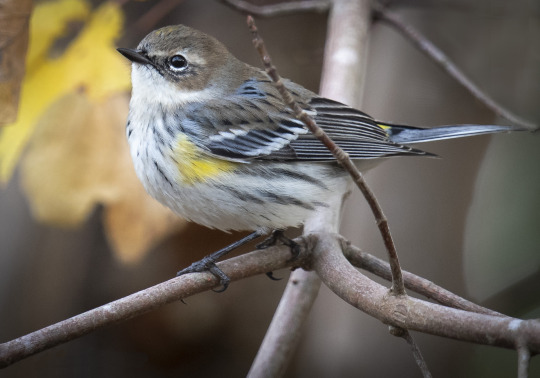


(photos: USFWS)
3K notes
·
View notes
Text

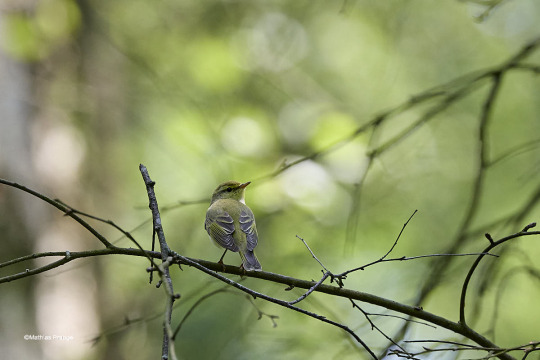
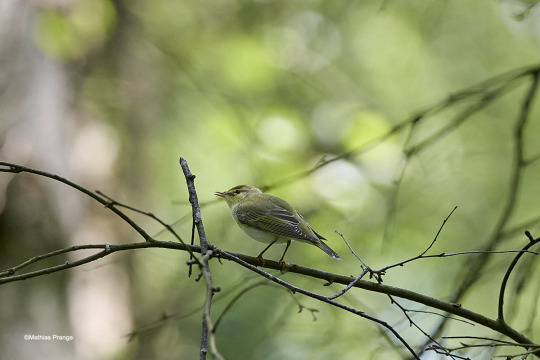
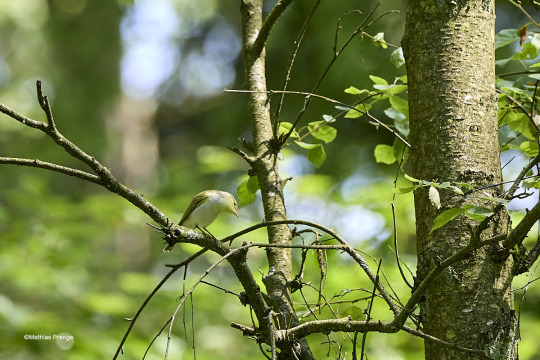
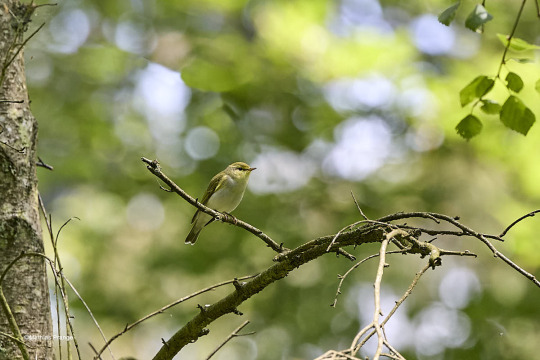
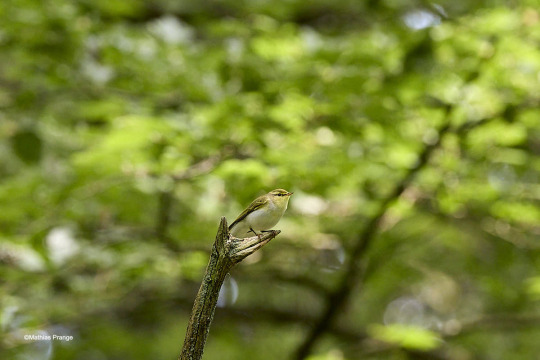

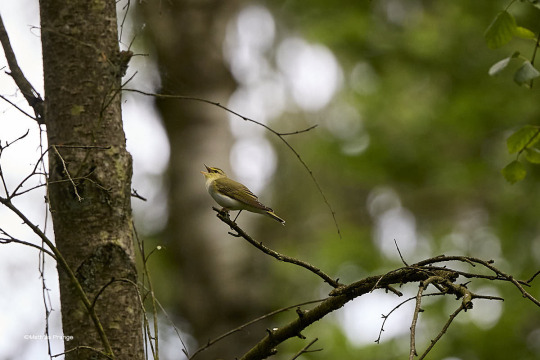
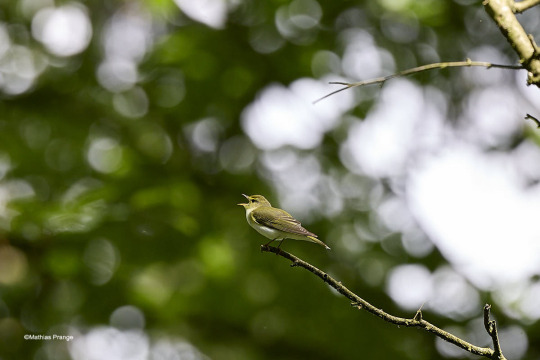
A small, very likeable bird: the wood warbler
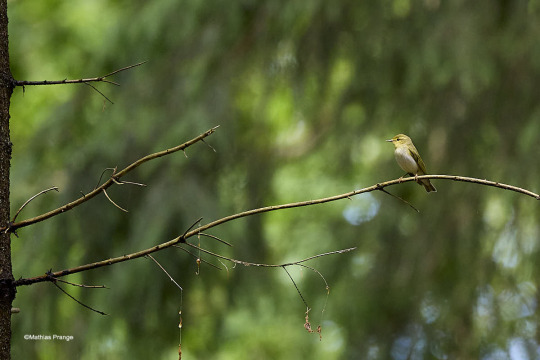
#photographers on tumblr#original photography#birding#bird photography#bird watching#Wood Warbler#Waldlaubsänger#Hamburg#Duvenstedter Brook
94 notes
·
View notes
Text


This year I did not intend to find all the Zilpzalp-like birds, but I did.

Waldlaubsänger (wood warbler) am Birkenkopf, Stuttgart-West.
#waldlaubsänger#wood warbler#birds#birding#bird photography#mosquitero silbador#bird#bird watching#urban birding#nature#wildlife#ornithology#stuttgart#germany#photographers on tumblr#my photography#wildlife photography
228 notes
·
View notes
Text

November 21, 2023 - Altamira Yellowthroat (Geothlypis flavovelata) Found along the coast of northeastern Mexico, these wood warblers live in reeds in marshes, ponds, and irrigation ditches. While the specifics of their diet are not known, they likely eat invertebrates, seeds, fruit, and other plant foods, mostly foraging among cattails. Almost nothing is known about their breeding behavior but a female in breeding condition was observed in May and an immature bird was seen in August. Classified as Near Threatened by the IUCN, they are suffering population declines due to habitat loss and degradation in their small range.
#altamira yellowthroat#yellowthroat#wood warbler#geothlypis flavovelata#bird#birds#illustration#art#water#birblr art
77 notes
·
View notes
Text
Warbler Showdown; Bracket 9.2, Poll 1


Prothonotary Warbler (Protonotaria citrea)
IUCN Rating: Least Concern
Range: migratory; breeds across the Southeast into portions of the southern Midwest and overwinters largely in northern Colombia and Venezuela, as well as coastal Central America.
Habitat: Breeds in wooded forests near water, so long as there are cavity nests in the area; prefers mangrove swamps when overwintering, but can be found sometimes in residential areas or wooded streams in pasture lands near the coast.
Subspecies: none
Ovenbird (Seiurus aurocapilla)
IUCN Rating: Least Concern
Range: migratory; breeds from British Columbia to Newfoundland in Canada, as well as Montana to Georgia in the US; overwinters largely in the Greater Antilles, but can be found in southern Mexico and Central America as well
Habitat: mature deciduous forests with a closed canopy, especially large and uninterrupted patches
Subspecies: 3
Image Sources: PROW (Drew Beamer); OVEN (Ian Davies)
#nww showdown#parulidae#passeriformes#protonotaria#seiurus#wood warbler#new world warbler#polls#bird poll
28 notes
·
View notes
Note
Okay, but you gotta admit that the Hermit Thrush for us Vermonters is the supreme choice. Heard those lovely flute tones in the woods behind my house all summer growing up. (But if you have any Vermont birds you'd want to see as the state bird you have my open mind...)

Y'know, funnily enough @fantasticallyfelix...I don't actually have a definitive answer to this outside of the Hermit Thrush (Catharus guttatus). It's genuinely an excellent choice for a State Bird for Vermont. It's iconic (in sound), it breeds in the state, it represents the high-altitude forests of the state (to a certain degree, anyway), it's a good pick. I'll fully flesh this out when I get to Vermont in my posts (state number 14), but it'll be hard to dethrone the Hermit Thrush, or even propose alternatives. But not...impossible.
A State Bird of Vermont needs to represent some of the predominant habitats in the state, and could also be a species of some conservation concern. The most predominant habitat is the New England Acadian forest, part of a network of temperate deciduous forest and mixed deciduous and coniferous forest. This is also higher in altitude in many areas of the state, especially the Green Mountain area. So, if you have a bird species thriving in those areas, you're golden. And...yeah, Hermit Thrush still fits. But...

I mean, the Black-throated Blue Warbler (Setophaga caerulescens) also fits those qualities, and it's pretty iconic to me. But I'm a birder, and I know how to find these guys pretty easily, so I'm a little biased. Still, it's probably about as easy to find as the Hermit Thrush, and the two coexist throughout their range in Vermont. Plus, the Black-throated Blue is way less spread out in North America than the Hermit Thrush, making it a bit more dependent on its Vermont population. This was also Cornell University's choice for a new State Bird for Vermont, so allow me to throw other possibilities in the pile.
There's the Black-throated Green Warbler (Setophaga virens), which has similar benefits to the Black-throated Blue, if a bit more spread out. There's the Blackpoll Warbler (Setophaga striata), which barely breeds in the United States, but does breed throughout the Green Mountains from north to south in Vermont, and also has an interesting conservation story. There's the Bobolink (Dolichonyx oryzivorous), which...yeah, OK, probably not that one, but a major center of Bobolink research is found in Vermont. In fact, if you're interested, check out the Vermont Center of Ecostudies if you're interested in conservation in Vermont, because they focus heavily on the boreal songbird species found in VT, as well as several other habitats and species in the region! Seriously, check it out.
But honestly...yeah, I dunno. Hermit Thrush is hard to beat. Maybe I'll change my mind once I get to Vermont in general, and we'll see what others think via poll, but...whoof. It's a hard fight, that one.
#bird#birds#birdblr#bird tumblr#birding#birder#birders#birdwatcher#birdwatchers#birdwatching#state bird#state birds#state bird initiative#state birds initiative#hermit thrush#thrush#catharus guttatus#passeriformes#turdidae#parulidae#wood warbler#warbler#setophaga#black-throated blue warbler#black-throated green warbler#vermont
5 notes
·
View notes
Photo

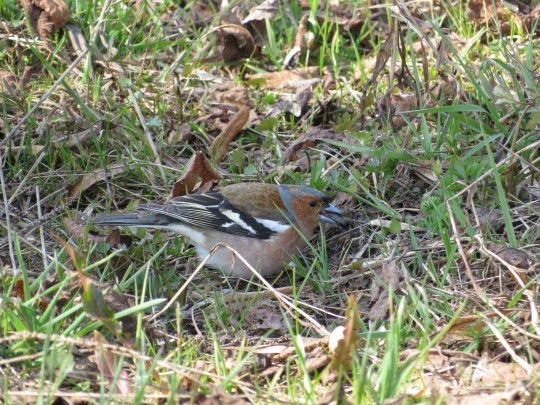

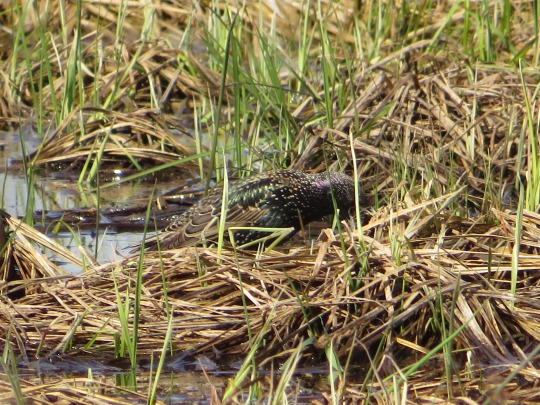


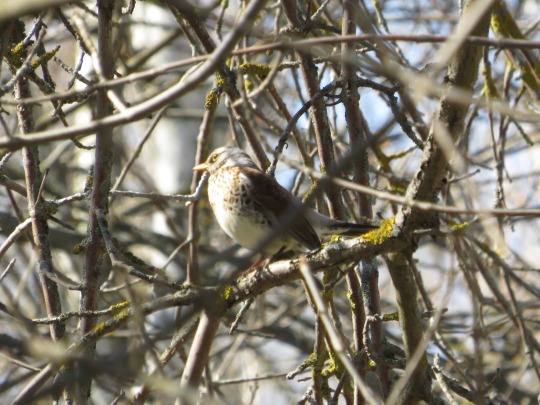
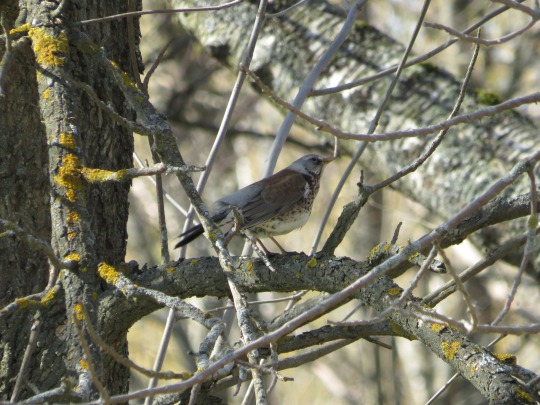


Amateur birdwatching in April. 1-2) Finches, male and female. 3) European greenfinch. 4-5) Starlings. 6) Wood warbler (Phylloscopus sibilatrix) . 7-11) Fieldfare (Turdus pilaris)
27 notes
·
View notes
Text

The Wood Warbler (Phylloscopus sibilatrix) is a common and widespread leaf warbler which breeds throughout northern and temperate Europe, and just into the extreme west of Asian Russia in the southern Ural Mountains.
This warbler is strongly migratory and the entire population winters in tropical Africa.
📸 by Jeff Sykes Photography (Jeff's Wildlife)
5 notes
·
View notes
Text

Wood Warbler
2 notes
·
View notes
Text
BIRD IDENTIFIED: Wood warbler (Phylloscopus sibilatrix)

PS: what the hell man give his seagrape back : (

come on dude
70K notes
·
View notes
Text

Blackburnian Warbler (Setophaga fusca), male, HE SCREMMM!!!, family Parulidae, order Passeriformes, breeds in the NE US and eastern Canada, overwinters in northern South America
photograph by Scott Suriano
#warbler#wood warbler#parulidae#setophaga#passeriformes#bird#ornithology#animals#nature#north america#south america
617 notes
·
View notes
Text

Got a lot of love on some of my bird art recently, so posting some more here! <3
#elfinwoods warbler#warbler#bird illustration#puerto rican warbler#songbird#songbird art#elfin woods warbler#avianaugust2023#procreate#my art#birdwatching#birding
781 notes
·
View notes
Text

Protonotaria citrea (Prothonotary warbler)
Plate X | Die Nordamerikanische Vogelwelt (1891)
#bird art#bird illustration#vintage art#vintage illustration#artists on tumblr#songbirds#wood warblers#parulidae#protonotaria citrea#prothonotary warbler#robert ridgway
128 notes
·
View notes
Text
Townsend's Warbler (Setophaga Townsendi)

Seen by me: no
Merlin photo ID used: no
Confidence: 9/10

#the bird identifier strikes again#warblers are so awesome#i cant wait for spring when they come back#may is warbler season near me#warbler#wood warbler#townsend's warbler#i just realized this was already ID'd in the tags lol#just making sure
174 notes
·
View notes
Text
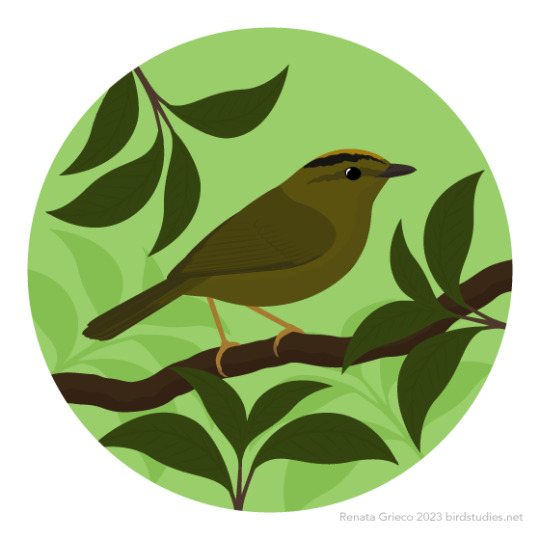
November 6, 2023 - Choco Warbler (Myiothlypis chlorophrys) These warblers are found west of the Andes in and around lowland forests in parts of Colombia and Ecuador. Foraging in pairs or small flocks high in trees, often with other species, they probably feed primarily on invertebrates. Their breeding behavior is not well known, but adults have been observed carrying nesting materials in early October and late January and a pair feeding fledglings was seen in early June.
60 notes
·
View notes
Text
Warbler Showdown; Bracket 7.2, Poll 3


Nashville Warbler (Leiothlypis ruficapilla)
IUCN Rating: Least Concern
Range: migratory; each subspecies has a separate breeding range, with one covering the Northeast and northern Midwest, as well as the Canadian Providences above them and the other breeding in the Pacific Northwest, California, Idaho, and Montana, as well as British Columbia. Both overwinter in Mexico, especially along the southwestern states of the country, though the Western subspecies is sometimes found in California.
Habitat: second growth, open deciduous, or mixed-species forests; western birds occur and nest in higher elevation than their eastern counterparts. Overwinter in low deciduous open forests and suburban gardens.
Subspecies: 2
Pink-headed Warbler (Cardellina versicolor)
IUCN Rating: Least Concern
Range: resident (non-migratory); found in a small section of Chiapas in Mexico and the Guatemalan highlands
Habitat: pine-oak and montane evergreen forests, with a preference for the edges and secondary vegetation.
Subspecies: none
Image Sources: Nashville (Gracie McMahon); Pink (Ana Paula Oxom)
#nww showdown#parulidae#passeriformes#new world warbler#wood warbler#polls#bird poll#(I call this one.... murder)#(actually I'm surprised to see how this goes. NAWA or CANW were the two who could stand up to Pink)
20 notes
·
View notes